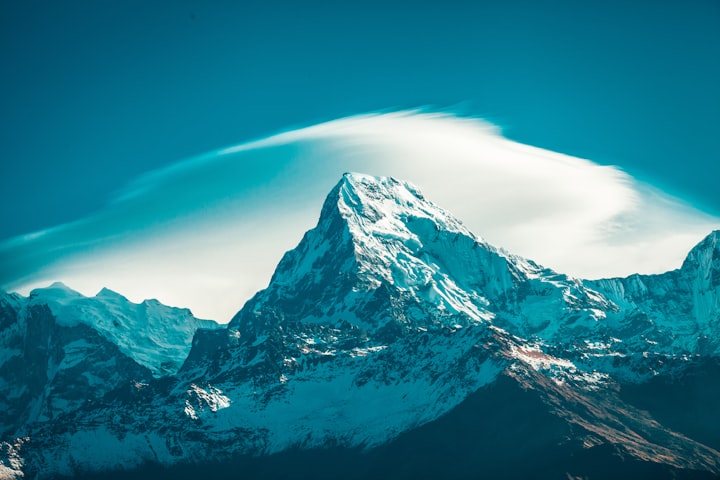
It seems to be the prevailing belief that there is little left of the world to explore; Antarctica, the North Pole, the Himalayan peaks, various inpenetrable rainforests and raging rivers, all have been “discovered” or, at least, provided a picturesque backdrop to the achievements and glory of a rakish adventurer or two.

Perilous challenges of exploration or — depending on your opinion — desperate howls for attention, now have to try that bit harder and skiing down K2 or swimming the 2,000 miles of the Volga have become the next adventures. After that we’ve only got an attempt to pedalo up the Congo, hang-glide around a hurricane or cartwheel across the Kalahari left, although it should be noted that someone has already cycled to the south pole.
In this relentless quest for daredevil derring-do we miss the sublime and exotic on our own doorsteps. In that spirit, I would like to present seven amazing and exotic natural spectacles that can be seen, simply by paying closer attention to the world around us. You can hurl yourself off mountains, tightrope your way across the Andes or do the triathlon in space, but exploration starts only when you stop and take notice.
1. Clouds

It was a relief to see Gavin Pretor-Pinney, the founder of the Cloud Appreciation Society, win his case for a new category — the undulatus asperatus — to be added to the World Meteorological Organisation’s International Cloud Atlas. He made the case that it probably isn’t a new kind of cloud at all, just one suddenly brought to the fore as it is captured more frequently with the worldwide ubiquity of smartphones.
2. The night sky
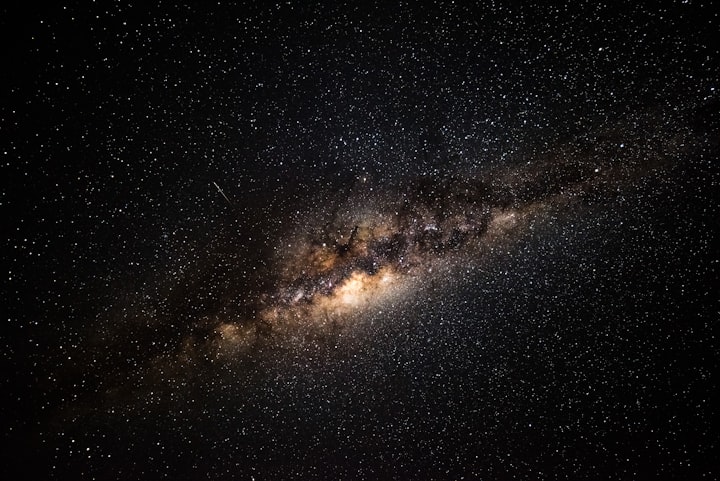
A dark vault of void speckled with pinpoints and twinkles, an occasional meteor, the part-time moon and the milky way, the night sky is endlessly fascinating as befits its status as a tiny excerpt of the most astonishing thing that has ever happened, the universe. Up there, among the easy constellations there are some more exotic features, such as the clusters and nebulae where stars are born or the barely discernible, tiny scuffed smudges of distant galaxies. Get as far away from light as possible, give your eyes 20 minutes to become accustomed to the dark and watch the sky come alive.
We don’t spend enough time looking at the night sky — in fact, I would go as far as to suggest that we fear the consequences of doing so. If you see someone out and about showing more than a passing interest in the stars, when all around there are more immediate pleasures and pressing concerns, you might be inclined to feel that they were either drunk or, worse, a poet. But, from my far-from-ideal suburban spot I can just make out the Andromeda galaxy and wonder whether anything is looking back.
3. The ground

The British Isles are — at their most mature — 3 billion years old and have been assembled from disparate parts in far-flung regions of the globe. There have been plenty of volcanoes and earthquakes and the wholesale dislocation and crumpling of rock as though it was no more substantial than a pack of playing cards. The South Downs are the foothills of the Alps, the Northwest Highlands were once a part of what is now Canada. The beach at Lyme Regis bears fossilised ammonites the size of cartwheels, while Edinburgh famously has volcanoes. The coast of Anglesey boasts piles of pillow lava from underwater eruptions that look like giant heaps of dung from preternaturally huge horses while the cliffs of Hunstanton in Norfolk are banded red and white like a Christo installation. Everything besides and in between bears exploration and discovery for yourself.
4. Bird colonies

Watching birds is often thought of as a quiet, introspective occupation, but all that changes in a place like South Stack, an island 30 metres of Anglesey’s Holy Island, where an awe-inspiring colony of sea birds including guillemots, razorbills, fulmars and kittiwakes, wheel and dive between sea and sky in a kind of avian tornado. In Cornwall, the gulls and auks are — in a few locations — joined by chough, rare oily-black crows with a Post Office-red beak. Elsewhere you might see peregrine falcon and ravens sharing the cliff ledges, the peregrine being the fastest animal in the world with its 200mph dive to catch the odd hapless shorebird or pigeon.
5. Deer rutts
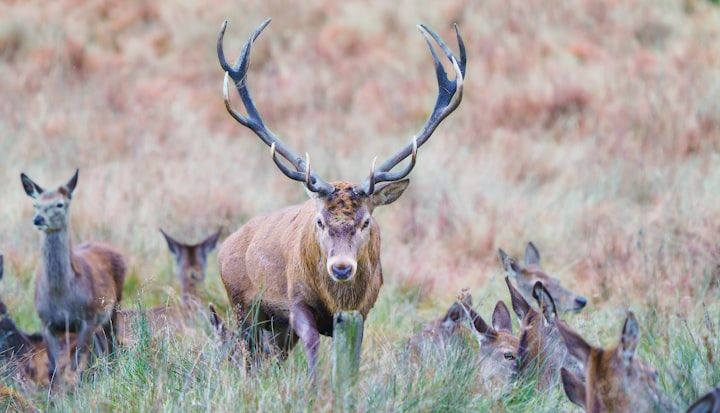
One of nature’s most amazing spectacles, a deer rutt is when a stag faces down and sometimes locks antlers with others for the right to breed. It starts around now and lasts until the end of October. It is at its best at dawn and dusk and as far away from crowds as possible, so if you want to see deer rutting, you’ll have to lose yourself in some uncharted reach of your local forest and be prepared to be very quiet and patient.
6. Autumn
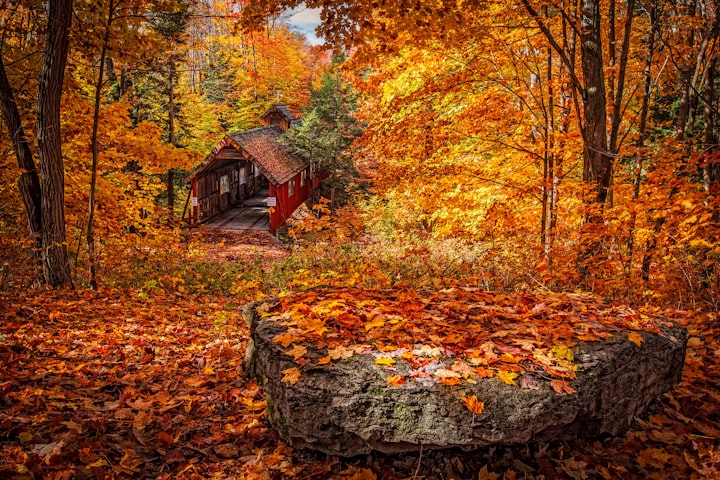
Another spectacle about to reach its height and best explored in a forest, for obvious reasons, is the autumnal leaf fall. Arboreta such as those at Westonbirt are obvious spots to explore, but there are so many patches of old woodland and forest in Britain, there’s always one close by and free. The New Forest in Hampshire even has a pair of “ornamental drives” along quiet roads in the forest so that you can witness the spectacle in the kind of comfort the modern adventurer would despise.
7. Springtime

Nothing stirs the pool of memory better than the scent of spring air. It’s a great reminder of the mysterious, subjective clouds our minds and souls exist in. Sure, we can employ a set of chemical mechanisms, causes and effects that precisely call to mind the state of combined longing and contentment that is borne on the soft breeze. Some human mechanism, hidden like a word on the tip of your tongue, inspires some part of you to look to the future and past in a single moment. It reminds me of a case of one mum-to-be who had an intense and overwhelming craving for something, but had no idea what, exactly or even approximately, that was. Like spring, it passed within a week.
About the Creator
Ian Vince
Erstwhile non-fiction author, ghost & freelance writer for others, finally submitting work that floats my own boat, does my own thing. I'll deal with it if you can.


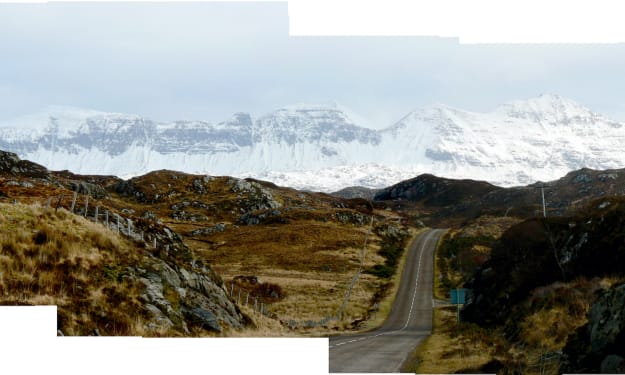

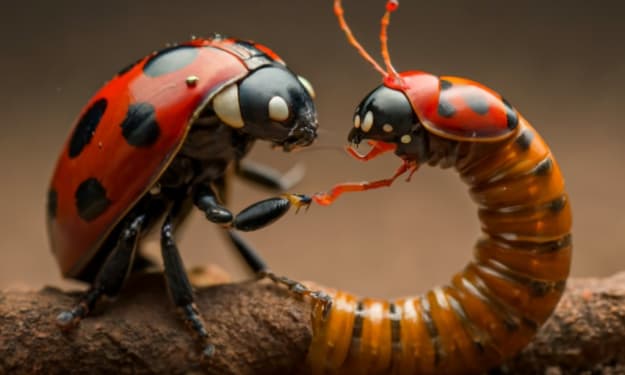

Comments
There are no comments for this story
Be the first to respond and start the conversation.